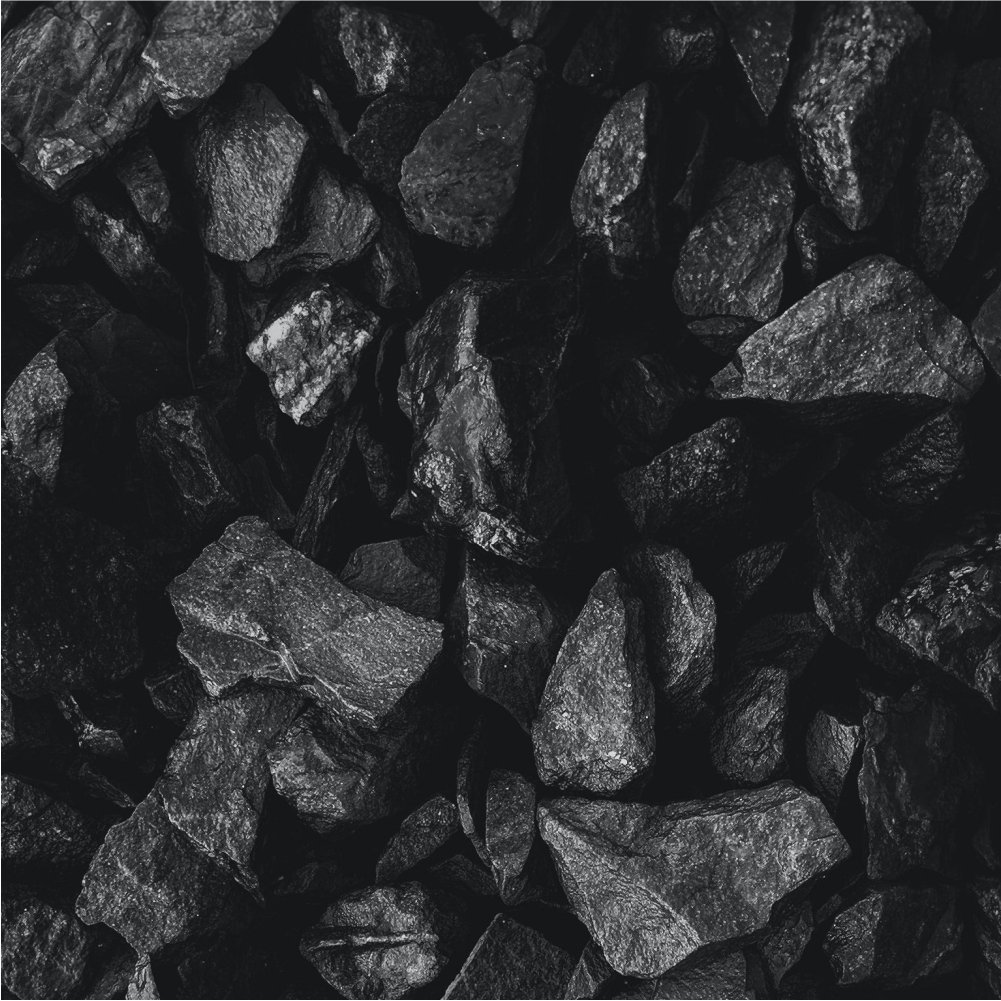Activated Carbon
Activated Carbon
Activated carbon, also known as activated charcoal, is a highly porous form of carbon that is widely used in various applications due to its ability to adsorb a wide range of organic and inorganic compounds. This remarkable material is produced by processing carbon-rich materials, such as wood, coconut shells, or coal, to create a vast network of tiny pores that greatly increase the surface area available for chemical reactions or adsorption.
The activation process involves treating the carbon with oxygen, which opens up millions of tiny pores between the carbon atoms. The result is a highly porous material with a surface area so extensive that just one gram of activated carbon can have a surface area of over 3,000 square meters. This immense surface area allows activated carbon to capture, bind, and remove contaminants and impurities from gases and liquids.
Activated carbon’s applications are diverse and essential in many industries. It plays a crucial role in water purification systems, where it removes chlorine, odors, and taste from drinking water. It’s also used in air purification to trap pollutants, allergens, and volatile organic compounds (VOCs). In the medical field, activated carbon is used to treat poisonings and overdoses, as it can adsorb toxins in the gastrointestinal tract before they spread into the bloodstream.
Moreover, activated carbon is utilized in industrial processes such as metal finishing and solvent recovery. It’s also an integral part of gas purification systems, where it adsorbs harmful gases and prevents them from being released into the environment. In the food and beverage industry, activated carbon is used to decolorize and deodorize food products, ensuring they meet quality standards.
The versatility of activated carbon makes it an invaluable resource in efforts to maintain a clean and safe environment. Its ability to effectively remove a wide range of contaminants underscores its importance in modern society, where pollution control and resource purification are critical challenges.
For more detailed information on the properties and applications of activated carbon, please refer to our team.





